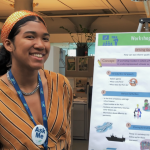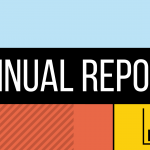
J. is for Justice: How can we achieve educational justice in our schools?
Opinion Editorial
Co-written by Maribel Gonzalez and Kylin Oliphant
At the beginning of the school year, Carolyn proactively sent emails to all of her child’s teachers to provide an overview of academic struggles and behavioral challenges for her son, who is Black and manages ADHD. He had just transferred into Seattle Public Schools as a seventh-grader. Carolyn read that Black students at the school were disproportionately disciplined in comparison to white students, and even to other students of color. Her son is disorganized and easily distracted, but not disruptive. She feared that, without providing an informative background and making her presence known directly to the teachers, he might be disciplined unfairly.
Although over 90% of the students at her son’s school identify as a student of color, less than 25% of its teachers are of color. Despite all well-intentions from white teachers, it can be difficult to provide an environment of equity when the diversity of a school’s teaching staff nowhere near reflects the diversity of its students.
What Carolyn feared for her Black son stems from historical and systemic racism in the United States. The K-12 educational system is an extension of this through its oppressive design.
Racism has impacted the school system, pedagogical practices, social structures, and belief systems. Additionally, teachers’ inability to understand cultural nuances, unfair perceptions of youth maturity for students of color versus white students, and narrow teaching styles mean that students of color are often penalized simply for being themselves. We see the impact reflected in rates of discipline.
Many students of color are, on average, academically at least three or more grades behind their white classmates.
According to UNCF, Black students spend less time in the classroom due to unfair punitive measures of discipline. They are nearly two times as likely to be suspended without educational services and almost four times as likely to receive out-of-school suspensions as white students. ProPublica found the same trend among Native American, Native Alaskan, and Latinx students. As a result, many students of color are, on average, academically at least three or more grades behind their white classmates.
There are other measures of injustice, too. Black and Latinx students are less likely to be identified and selected for gifted programs, or selected to take Advanced Placement courses than their white peers. Schools are still largely racially and economically segregated within districts, and there continues to be institutionalized practices of codifying, tracking, and penalizing students.
Educational justice is collectively reimagining what education can look and feel like when we center the voices of the most marginalized. It is engaging in dialogue with the community of how all students, especially Black, Indigenous, Latinx, and Pacific Islander, can enter school as their most authentic selves and feel supported and safe. Achieving educational justice is when students don’t have to conform to the status quo to feel successful and when educators become adept at responding to student needs.

Our Journey to Justice means we affirm that every student’s educational experience matters.
In TAF’s vision and practice, educators begin to understand their implicit bias, become culturally empathetic towards their students, and co-create a classroom culture where every learner feels inspired to participate. Our journey towards educational justice means we affirm that every student’s educational experience matters.
Through the STEMbyTAF framework, our approach to addressing the disparity of students of color is layered. We provide multiple opportunities for students to see themselves culturally represented in the curriculum, in their teachers, and in the professionals we bring into the classrooms. We transform STEM education by incorporating problem-solving techniques that will offer students real-world experiences to various career pathways which will more clearly prepare them for the future they desire.
We have to stop assuming students aren’t capable of hard work.
We have to stop assuming students aren’t capable of hard work or that they just won’t ‘get it.’ We have to check our egos at the door to provide the best possible education to students. We can equitably transform our instructional practice to one that leverages student voice and choice. We can challenge all students to meet our high expectations. We can empower students to take ownership of their learning and their futures. All of this is work that can and will be done when we do it together.
If you’d like to see this model in action, email development@techaccess.org to schedule a school tour.




